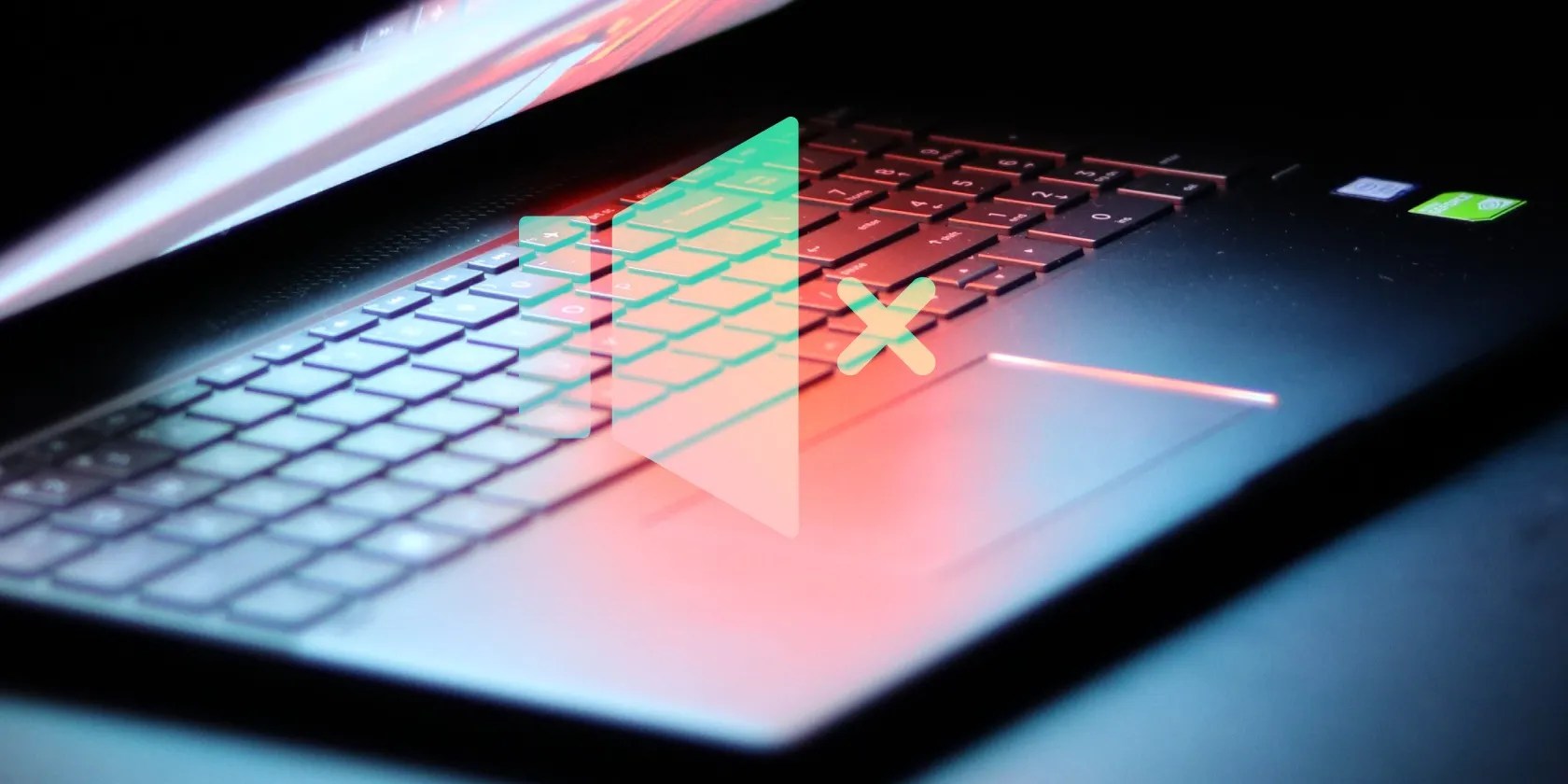How to Fix the “No Audio Output Device Is Installed” Error on Windows
Your Windows computer automatically detects all the connected audio devices and installs the necessary drivers to get the audio working. Sometimes, however, you may encounter the No Audio Output Device is installed error message when you hover your mouse over the audio icon in the system tray.
This error occurs when Windows fails to detect your connected audio devices. It can be a temporary glitch, a driver-related issue, or, in some cases, caused by system file corruption. Here are a few troubleshooting steps to help you fix the No Audio Output Device installed error on Windows.

1. Run the Audio Troubleshooter to Fix Sound Problems
You can run the built-in audio troubleshooter to fix various sound issues in Windows. The troubleshooter will check your PC for common audio issues and try to fix them automatically; for instance, it can help youfix when you have no audio in Windows 11.
To run the audio troubleshooter on Windows 11:

Run the audio troubleshooter on Windows 10:
2. Install the Generic Audio Device Driver
You can fix a corrupt driver by reinstalling the audio output driver with a generic device driver. This is useful if the proprietary audio device driver for your equipment is not working or corrupt. You canuse the Device Manager to update and reinstall device drivers on your Windows PC.
To reinstall the generic audio output device driver:

If updating the audio device driver didn’t help, check your audio device manufacturer’s website to find updated drivers. If you are using a laptop, visit your computer manufacturer’s website to find the latest drivers for your computer.
Additionally, if you are using a laptop, try to use the troubleshooting option available in your system management utility. For example, theHP Support Assistantapp can check HP laptops for various issues, including audio problems.

Lenovo, Dell, Asus, and all the major laptop manufacturers offer similar tools bundled with their devices. Run any such diagnostic tool available on your PC to see if that helps restore your audio.
3. Manually Reinstall the System Audio Device Drivers
you’re able to manually reinstall the system audio device driver to resolve this error on your Windows computer. Here’s how to do it:
3. Install the Generic Audio Device Driver Using Device Manager
You can also install the generic USB audio device driver using the “Add legacy hardware” option in Device Manager. Here’s how to do it.
4. Check if Your Audio Device Is Disabled
Check if you have accidentally disabled your audio device. While the audio troubleshooter should be able to detect and recommend the same, you can also enable the audio device manually.
To check and enable your audio output device:

5. Check if the Audio Services are Running
The Windows Audio Endpoint Service and Windows Audio Service are the two essential services for the audio to work on your PC. If these services are not running, your audio device may not function properly.
So, ensure the two services are running and set to startup automatically. Follow these steps to do the same:
6. Uninstall or Disable Any Third-Party Driver Updater Tools
Third-party driver update utilities allow you to scan and update all the drivers for your computer from one place. While a handy tool, this may conflict with your audio component and Windows’s ability to detect the device.
To fix the problem, disable or remove any driver update utility such as Avast Driver Updater installed on your PC. Then run the audio troubleshooter again to see if that helps resolve the issue. Sometimes, you may need to remove the updater app to disable it completely.
7. Repair the Windows Image With DISM
Deployment Image Service Management (DISM) is a built-in Windows image repair command-line utility. If the audio problem is triggered by an issue with your system image, this tool can repair the image to restore the audio functionality on your PC.
To run the DISM tool in Command Prompt :
Fix the “No Audio Output Device Is Installed” Error
When connected, Windows will detect all the audio input and output devices and install the necessary drivers automatically. To fix the no audio output device is installed error, make sure your audio device is enabled in the Sound settings.
If the error is resolved, but the audio is still not working, make sure you have the right audio device set as default. Also, try to reinstall the affected driver, restart audio services, and check your audio device for hardware failure.
Has Windows 11 gone quiet on you? Here’s how to fix it.
Not Linux, not Windows. Something better.
My foolproof plan is to use Windows 10 until 2030, with the latest security updates.
Obsidian finally feels complete.
Your iPhone forgets what you copy, but this shortcut makes it remember everything.
Not all true crime is about hacking, slashing, and gore.